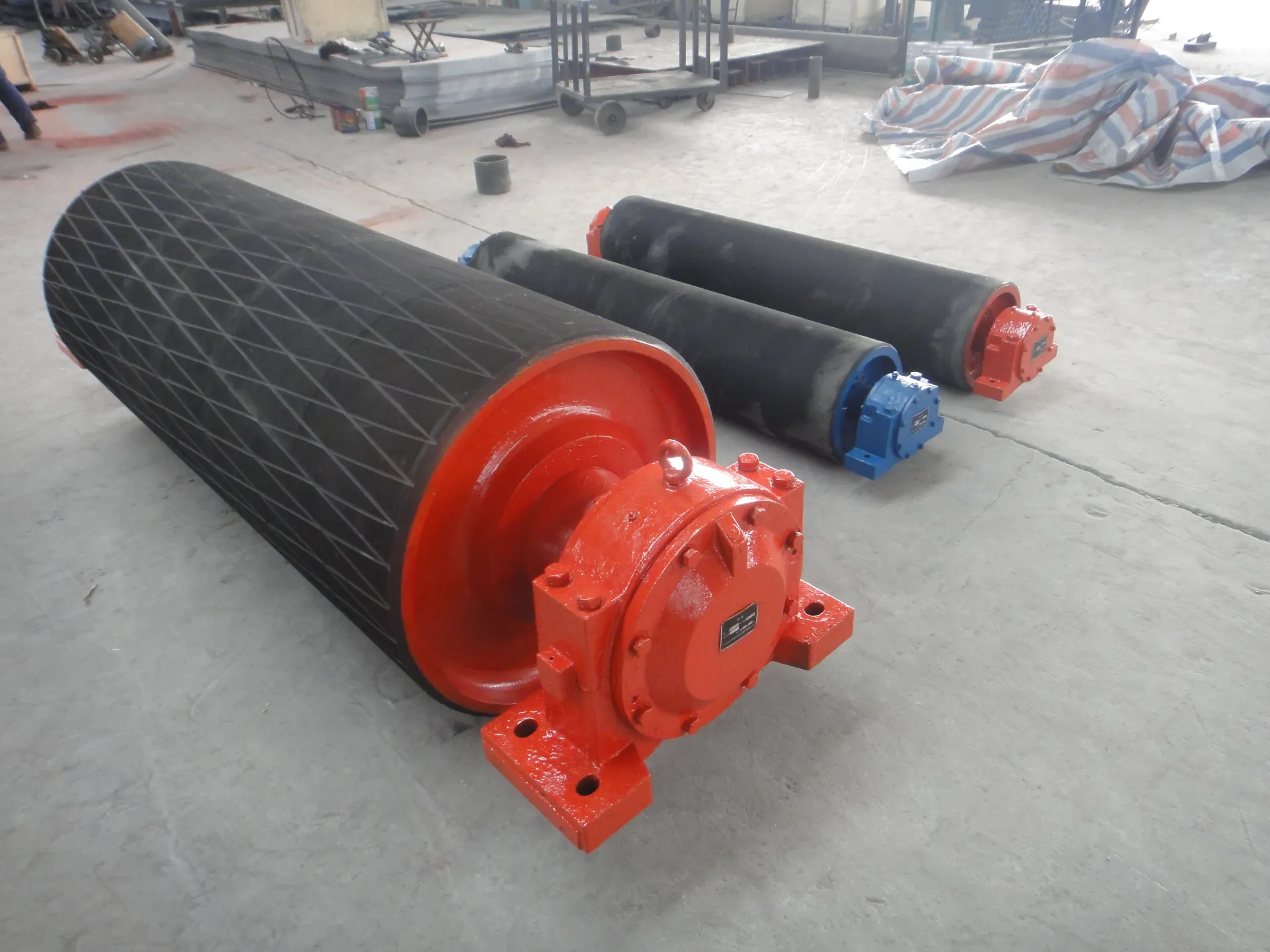 Afrikaans
Afrikaans  Albanian
Albanian  Amharic
Amharic  Arabic
Arabic  Armenian
Armenian  Azerbaijani
Azerbaijani  Basque
Basque  Belarusian
Belarusian  Bengali
Bengali  Bosnian
Bosnian  Bulgarian
Bulgarian  Catalan
Catalan  Cebuano
Cebuano  Corsican
Corsican  Croatian
Croatian  Czech
Czech  Danish
Danish  Dutch
Dutch  English
English  Esperanto
Esperanto  Estonian
Estonian  Finnish
Finnish  French
French  Frisian
Frisian  Galician
Galician  Georgian
Georgian  German
German  Greek
Greek  Gujarati
Gujarati  Haitian Creole
Haitian Creole  hausa
hausa  hawaiian
hawaiian  Hebrew
Hebrew  Hindi
Hindi  Miao
Miao  Hungarian
Hungarian  Icelandic
Icelandic  igbo
igbo  Indonesian
Indonesian  irish
irish  Italian
Italian  Japanese
Japanese  Javanese
Javanese  Kannada
Kannada  kazakh
kazakh  Khmer
Khmer  Rwandese
Rwandese  Korean
Korean  Kurdish
Kurdish  Kyrgyz
Kyrgyz  Lao
Lao  Latin
Latin  Latvian
Latvian  Lithuanian
Lithuanian  Luxembourgish
Luxembourgish  Macedonian
Macedonian  Malgashi
Malgashi  Malay
Malay  Malayalam
Malayalam  Maltese
Maltese  Maori
Maori  Marathi
Marathi  Mongolian
Mongolian  Myanmar
Myanmar  Nepali
Nepali  Norwegian
Norwegian  Norwegian
Norwegian  Occitan
Occitan  Pashto
Pashto  Persian
Persian  Polish
Polish  Portuguese
Portuguese  Punjabi
Punjabi  Romanian
Romanian  Russian
Russian  Samoan
Samoan  Scottish Gaelic
Scottish Gaelic  Serbian
Serbian  Sesotho
Sesotho  Shona
Shona  Sindhi
Sindhi  Sinhala
Sinhala  Slovak
Slovak  Slovenian
Slovenian  Somali
Somali  Spanish
Spanish  Sundanese
Sundanese  Swahili
Swahili  Swedish
Swedish  Tagalog
Tagalog  Tajik
Tajik  Tamil
Tamil  Tatar
Tatar  Telugu
Telugu  Thai
Thai  Turkish
Turkish  Turkmen
Turkmen  Ukrainian
Ukrainian  Urdu
Urdu  Uighur
Uighur  Uzbek
Uzbek  Vietnamese
Vietnamese  Welsh
Welsh  Bantu
Bantu  Yiddish
Yiddish  Yoruba
Yoruba  Zulu
Zulu idler conveyor roller
Idler Conveyor Rollers Essential Components for Efficient Material Handling
In the realm of material handling and logistics, idler conveyor rollers play a pivotal role in ensuring the smooth and efficient movement of goods. These rollers are integral components of conveyor systems, providing crucial support for the belts that transport various materials across different industries. An understanding of idler conveyor rollers, their types, functions, and importance, can significantly enhance operational efficiency in manufacturing, warehousing, and distribution environments.
Idler conveyor rollers are designed to support the conveyor belt and help maintain its proper alignment. They come in various configurations and materials, tailored to specific applications and load requirements. The most common types include steel rollers, plastic rollers, and rubber-coated rollers, each offering distinct advantages. Steel rollers are known for their durability and strength, making them ideal for heavy-duty applications. In contrast, plastic rollers are lightweight and resistant to corrosion, making them suitable for environments where moisture or chemicals are present.
One of the primary functions of idler rollers is to reduce friction on the conveyor belt. By providing smooth surfaces for the belt to glide over, these rollers help minimize wear and tear on both the belt and the components of the conveyor system. This reduction in friction not only enhances the lifespan of the belt but also improves energy efficiency, as less power is required to move the loaded belt.
idler conveyor roller

Additionally, idler rollers are vital for maintaining the alignment of the conveyor belt. Misalignment can lead to significant operational issues, including belt tracking problems, increased wear, and ultimately, system failure. Properly positioned idler rollers ensure that the belt remains centered, reducing the risk of damage and costly downtime.
Another important aspect of idler rollers is their contribution to safety in the workplace. A well-maintained conveyor system with functioning idler rollers minimizes the chances of accidents caused by misaligned belts or equipment failures, protecting both workers and valuable materials.
In conclusion, idler conveyor rollers are essential components of any conveyor system. They ensure efficient material handling by reducing friction, maintaining belt alignment, and enhancing the overall lifespan of the conveyor system. Understanding their types, functions, and benefits can help businesses optimize their operations, improve safety protocols, and ultimately reduce costs. By investing in quality idler rollers and regularly maintaining them, industries can achieve a seamless flow of materials, ensuring productivity and efficiency in their logistics and manufacturing processes.
-
Revolutionizing Conveyor Reliability with Advanced Rubber Lagging PulleysNewsJul.22,2025
-
Powering Precision and Durability with Expert Manufacturers of Conveyor ComponentsNewsJul.22,2025
-
Optimizing Conveyor Systems with Advanced Conveyor AccessoriesNewsJul.22,2025
-
Maximize Conveyor Efficiency with Quality Conveyor Idler PulleysNewsJul.22,2025
-
Future-Proof Your Conveyor System with High-Performance Polyurethane RollerNewsJul.22,2025
-
Driving Efficiency Forward with Quality Idlers and RollersNewsJul.22,2025





























